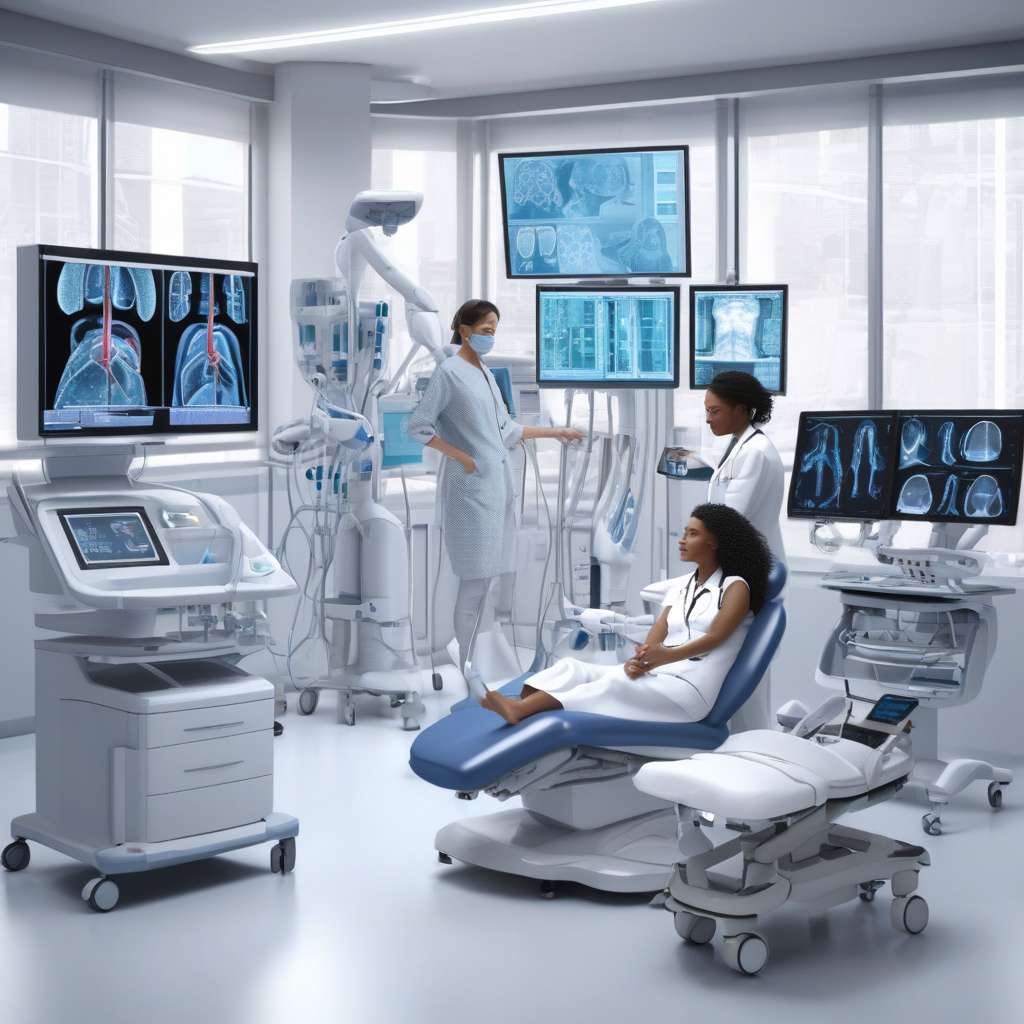Integrating Diagnostic AI into Medtech Systems: Expert Insights
Medtech companies are at the forefront of harnessing the power of diagnostic AI to enhance the efficiency and effectiveness of their systems. With the rapid advancements in artificial intelligence, integrating diagnostic AI has become a game-changer in improving medical devices and streamlining healthcare workflows. But how exactly can these cutting-edge tools be seamlessly integrated into existing medtech systems?
According to experts in the field, the key lies in ensuring that these AI solutions are not siloed but integrated into the core of the medtech ecosystem. This integration involves leveraging AI algorithms to analyze vast amounts of data generated by medical devices in real-time, enabling healthcare professionals to make more informed decisions quickly.
One crucial aspect of integrating diagnostic AI into medtech systems is interoperability. By ensuring that AI-enabled devices can communicate and share data seamlessly with existing systems, healthcare providers can access a comprehensive view of patient information, leading to more accurate diagnoses and personalized treatment plans.
Furthermore, experts emphasize the importance of user-friendly interfaces that allow healthcare professionals to easily interact with AI-powered tools. Intuitive dashboards and visualizations can help clinicians interpret AI-generated insights effectively, enhancing the overall user experience and adoption of these technologies.
In addition to improving diagnostic accuracy, diagnostic AI can also optimize resource allocation within healthcare settings. By automating routine tasks and flagging potential issues proactively, AI-enabled medtech systems can help healthcare organizations allocate their resources more efficiently, ultimately improving patient outcomes.
One example of successful integration is the use of AI-powered imaging tools in radiology. These tools can analyze medical images with a level of precision that surpasses human capabilities, aiding radiologists in detecting abnormalities and making accurate diagnoses faster. By seamlessly integrating these AI tools into existing radiology systems, healthcare providers can enhance the quality of care they deliver to patients.
In conclusion, the integration of diagnostic AI into existing medtech systems holds immense potential to revolutionize healthcare delivery. By focusing on interoperability, user experience, and resource optimization, medtech companies can unlock the full benefits of AI-powered tools and drive innovation in the healthcare industry.
To learn more about how experts are approaching the integration of diagnostic AI into medtech systems, you can read the full article on TechRound here.
Stay tuned to DigitalDigest.net for more insights into the latest trends in AI, technology, and software development.

